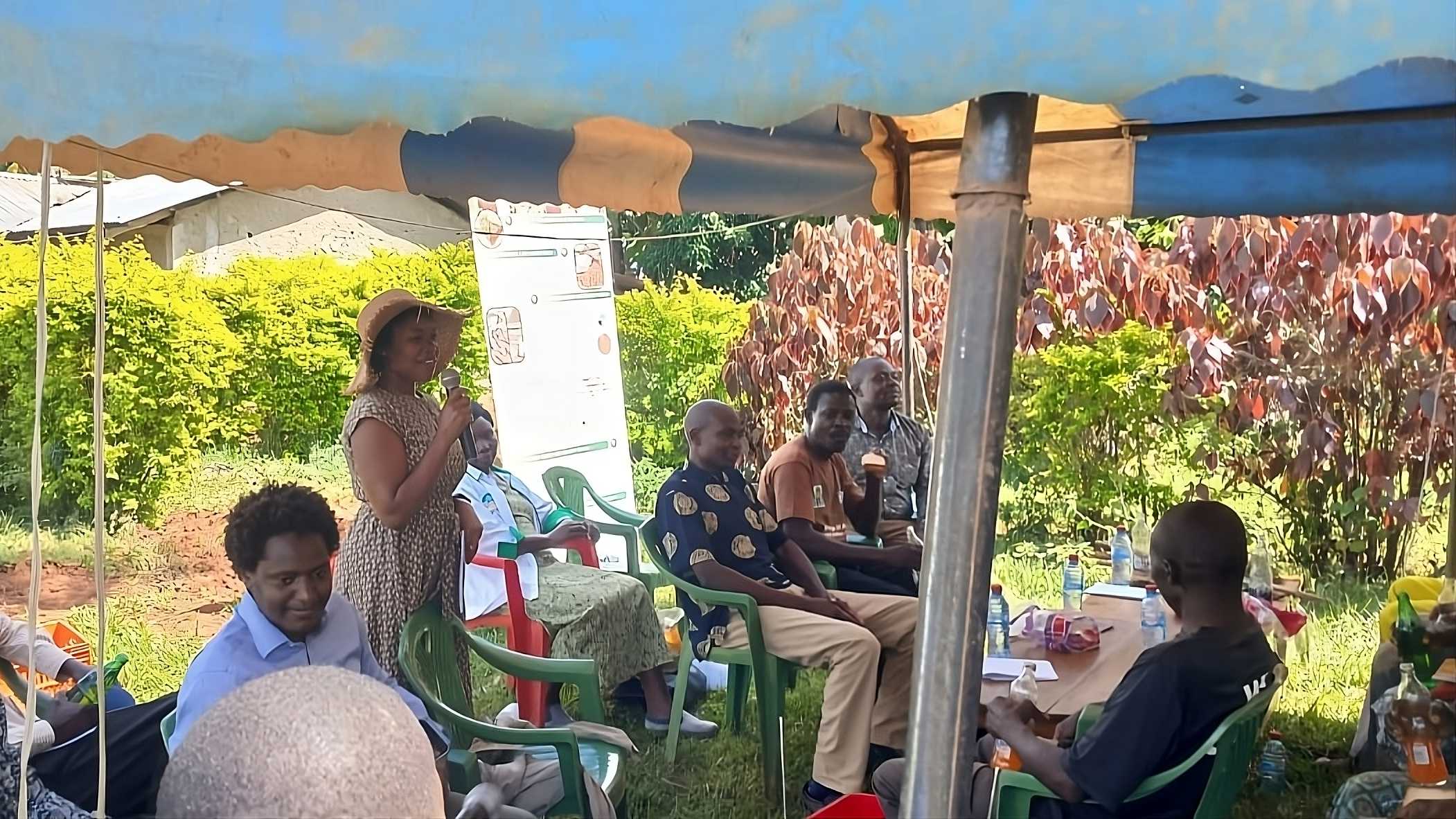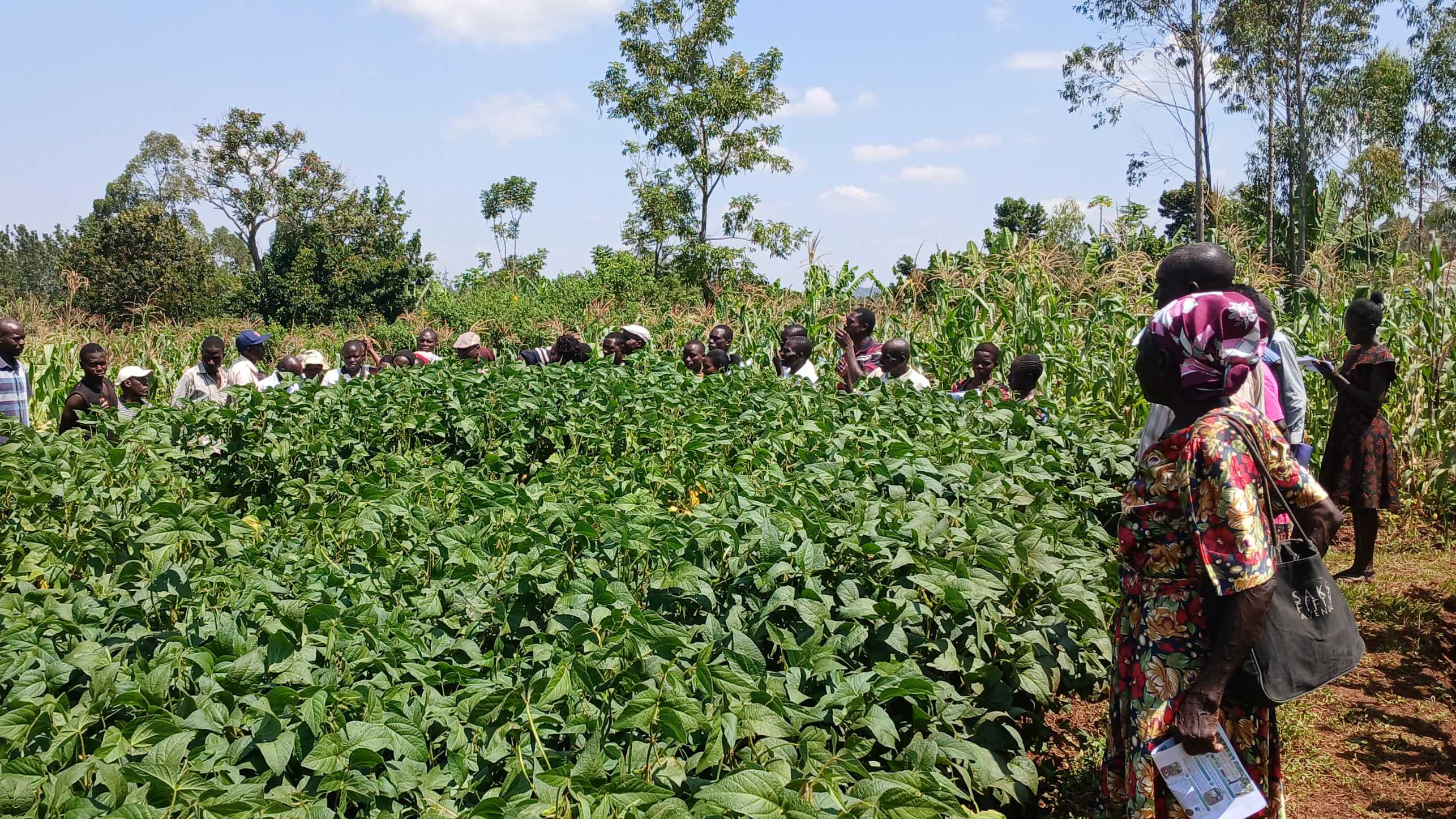Bridging the Gap
Making Research on Soil Fertility Management accessible to African Smallholder Farmers

While a lot of research is done with the intent of benefitting smallholder farmers, the resulting research papers are usually very technical and do not reach many farmers. This is creating a disconnect between scientific advancements and practical agricultural applications. To address this issue, the Sustainable Agroecosystems (SAE) group has launched several initiatives to make research more accessible to the general public and to smallholder farmers in particular. The most recent example is an external page infobrochure, infographic and short story on managing soil fertility in sub-Saharan Africa.
An important area of research of the SAE group is how to make maize production systems in sub-Saharan Africa more sustainable, i.e., maintaining soil fertility while increasing productivity. This is of particular importance, because maize productivity in sub-Saharan Africa falls significantly below its potential due to persistent soil fertility challenges. Two of our recent studies have investigated this problem, assessing the potential to counteract soil fertility decline and to improve yields through “Integrated Soil Fertility Management”, one focusing on external page soil fertility and one on external page sustaining maize yields. Conducted over two decades in four long-term experiments in Kenya, our research examined the impact of adding various organic resources, both with and without mineral nitrogen fertilizer. These studies demonstrated that integrating farmyard manure with mineral nitrogen offers a promising solution for sustainable maize production.
We tested five organic resources: Tithonia diversifolia leaves, Calliandra calothyrsus leaves, maize stover, Grevillea robusta sawdust, and farmyard manure. While all treatments that received mineral nitrogen showed similar yields in the first year, the combination of farmyard manure and mineral nitrogen emerged as the most effective. This treatment not only maintained yields over the twenty-year period but also significantly mitigated soil organic carbon losses, outperforming all other treatments.
To ensure our findings are accessible and beneficial to smallholder farmers, we have co-developed a range of external page information materials, including an infographic and a detailed brochure. These resources were co-created with the University of Embu and Farm Africa, a local NGO that extensively works with Kenyan smallholder farmers. They visually present our main findings and practical recommendations in a simplified way. Our hope is that this will empower farmers with the knowledge to sustainably enhance their maize productivity and they are used in extension events. Finally, we wrote a summarizing article in the “external page Growing Africa”, a digital publication initiated by the African Plant Nutrition Institute (APNI) to provide a forum serving stakeholders interested in Africa-centric plant nutrition science.
To explore our research and discover how the integrated application of organic resources and mineral fertilizer can sustain maize farming systems in sub-Saharan Africa, we invite you to have a look at the created material.

The developed information material is available here:
external page A Guide for Soil Health and Fertility for Maize production in Kenya
Related research projects:
Soil Fertility Management for climate smart Intensification
external page LANDMARC
REGSOMMICS